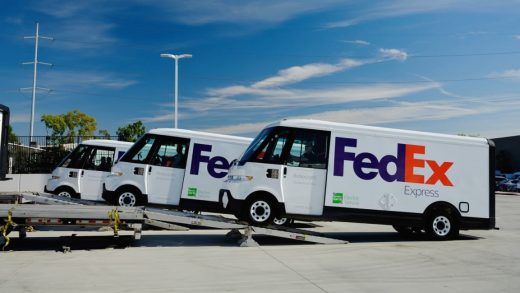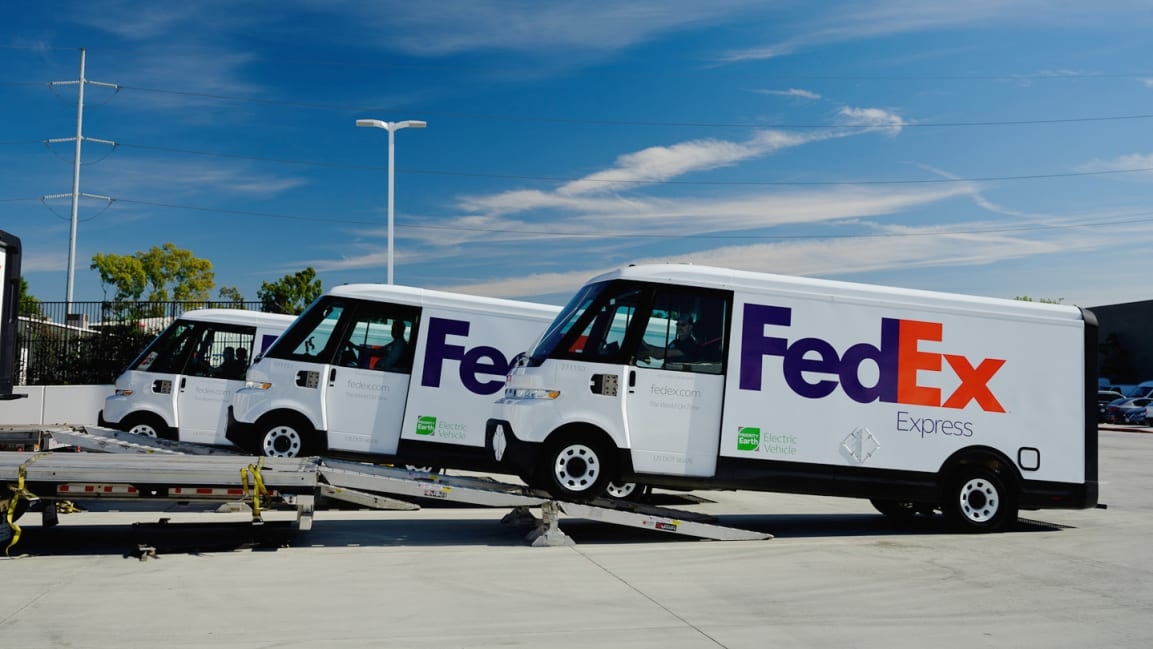FedEx’s new delivery vans are all-electric, and redesigned with the driver in mind
By 2025, half of the new vans FedEx Express buys will be electric. By 2030, any new Fedex Express van purchase will be for an electric vehicle, and by 2040, every delivery vehicle across the company will be electric. It’s a critical move for the climate. But the shift is simultaneously helping make the typical delivery vehicle better in other ways.
Take the example of the company’s newest vehicle, from BrightDrop, GM’s recently launched electric delivery vehicle business. While some EV manufacturers “are taking their existing diesel architecture and just sort of cramming a battery into that,” says BrightDrop CEO Travis Katz, the new design is built from the ground up, meaning it’s possible to reimagine other features.
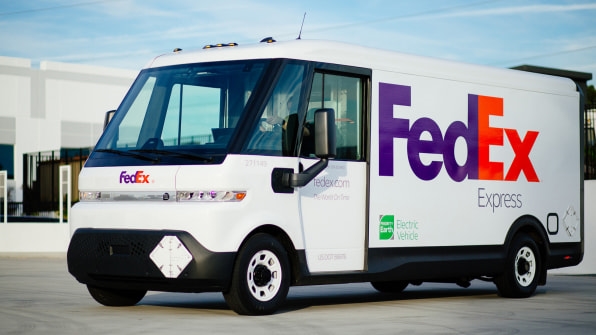
“You don’t need an axle, you don’t need a storage space for a fuel tank, you don’t need a trunk to store an engine,” he says. Brightdrop’s engineers spent hundreds of hours riding with delivery drivers to understand how they worked throughout the day. As they considered how the vehicle could help make the job easier, they also thought about how the extra space in an electric vehicle might be better used.
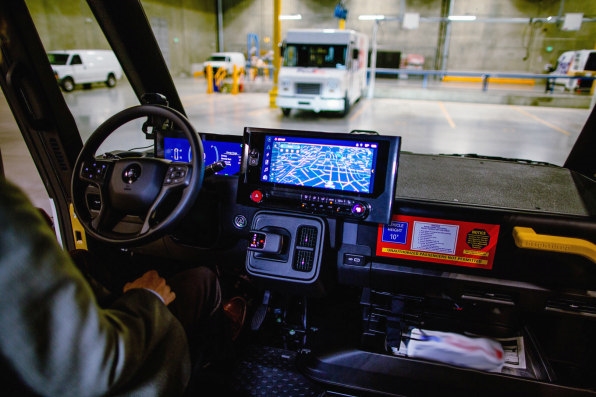
Without an axle, for example, it’s possible to lower the step-in height of the vehicle by several inches. “That doesn’t sound like a lot, but an average delivery driver getting in or out of the vehicle 50 to 100 times, those extra two inches can really save a lot of wear and tear and a lot of exhaustion,” he says, “and makes their job easier.”
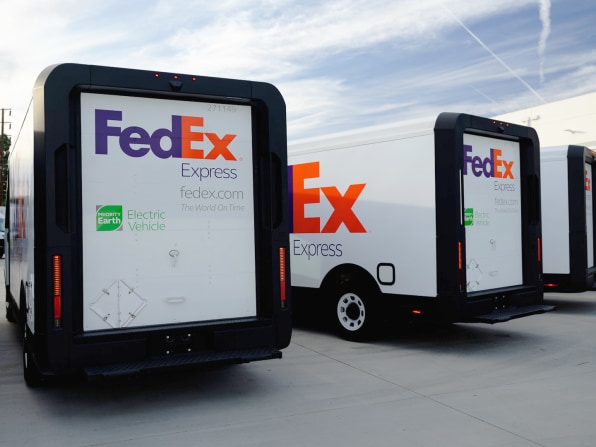
The cargo doors on the van automatically open when the driver shifts into park. The vehicle also has wide walkways, a security system with motion sensors for the cargo, and several safety features that are also becoming standard on other vehicles, including the ability to warn the driver if a pedestrian walks in front and to brake automatically if needed.
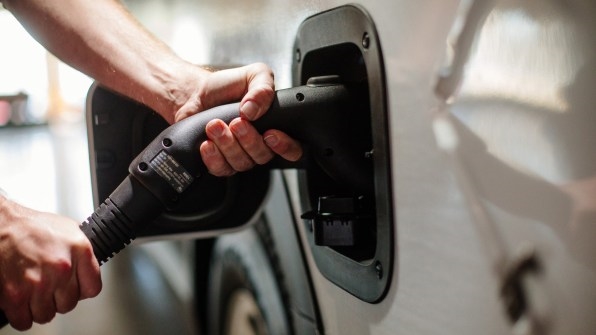
The vehicle can drive 250 miles on a charge, more than enough to cover a day’s worth of deliveries. In the past, some other EVs struggled to get 100 miles of range. Over the lifespan of each vehicle, FedEx should save money, compared to a diesel vehicle, because of savings in both fuel and maintenance. “I think we’ve reached this inflection point where commercial electric vehicles have the the ability to go to scale,” says Mitch Jackson, chief sustainability officer at FedEx.
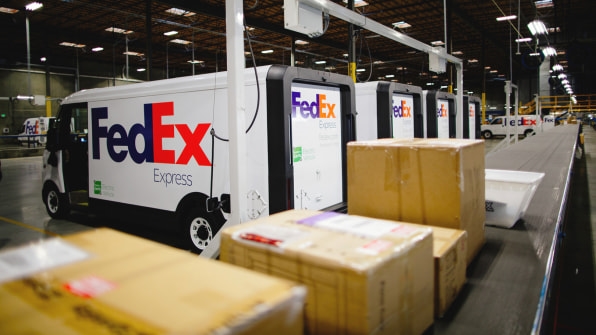
Five of the new vehicles were delivered to FedEx in the L.A. area today, and after driver training, will start showing up on routes in early 2022. Hundreds more vans will be rolling off BrightDrop’s assembly line and delivered in 2022. FedEx has already installed 500 electric chargers. As it adds thousands of additional electric vehicles, installing enough charging infrastructure will take time. Companies like BrightDrop will also have to dramatically scale up production. But the first delivery is a hopeful sign: While it typically takes five years for a vehicle to go from concept to commercialization, BrightDrop started working with FedEx on the custom vehicle only 20 months ago, and the vans are already beginning to roll off the assembly line.
Fast Company , Read Full Story
(41)

